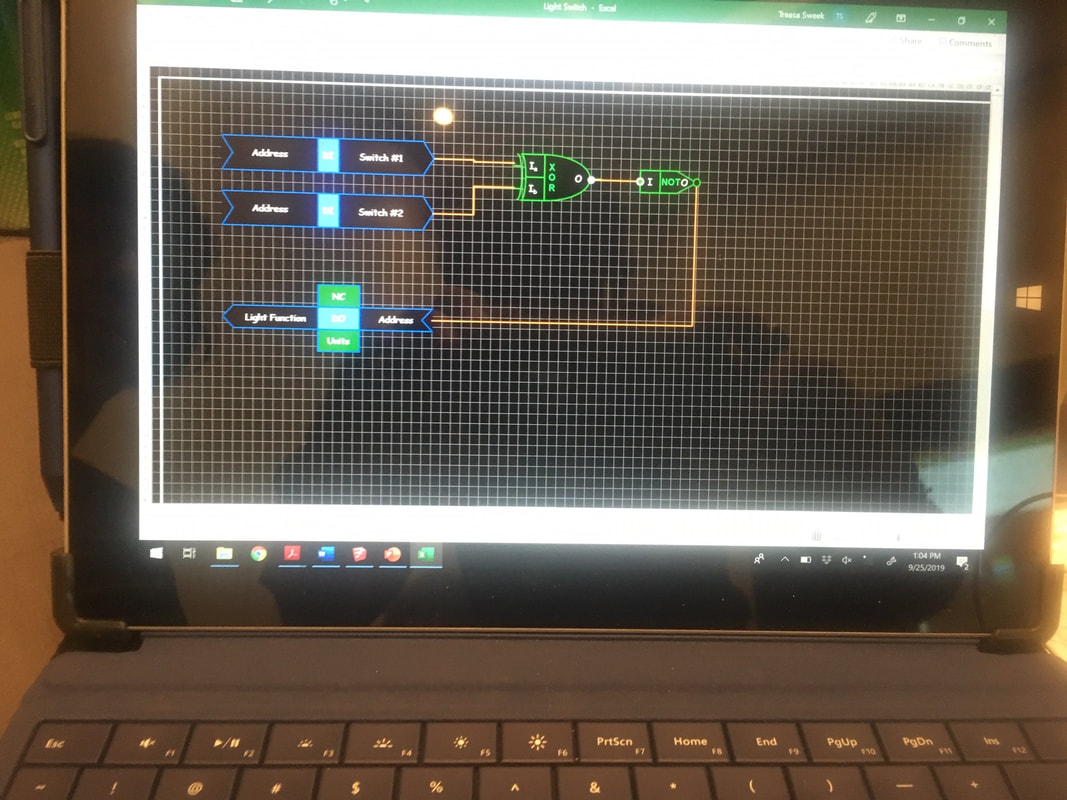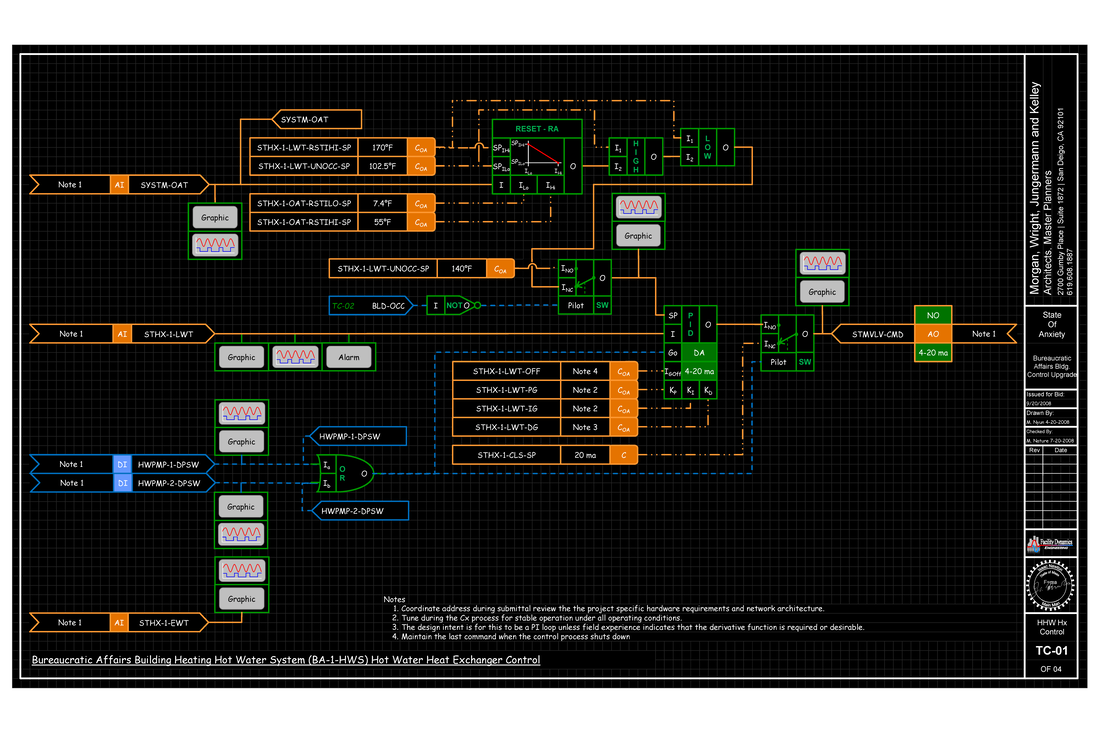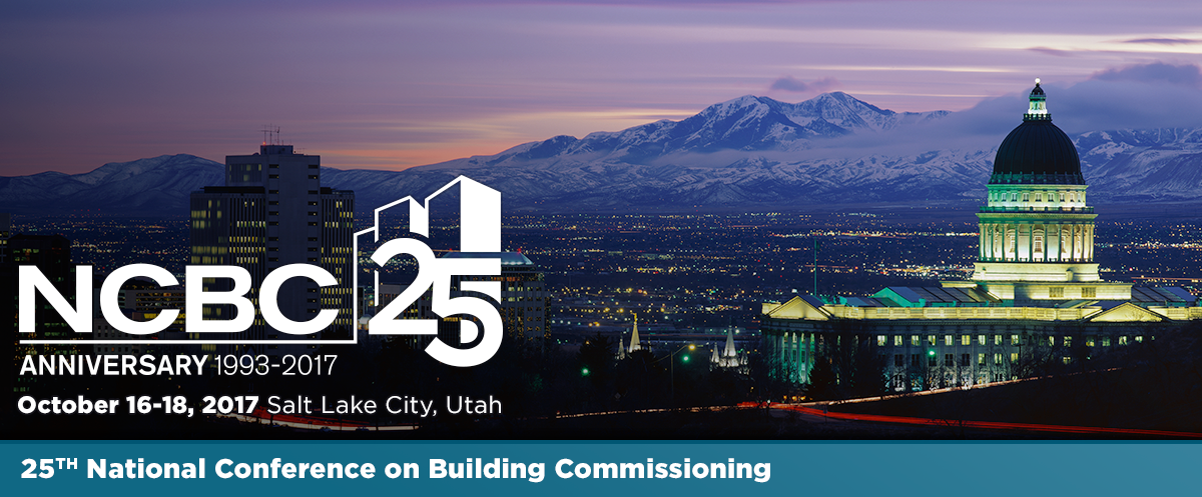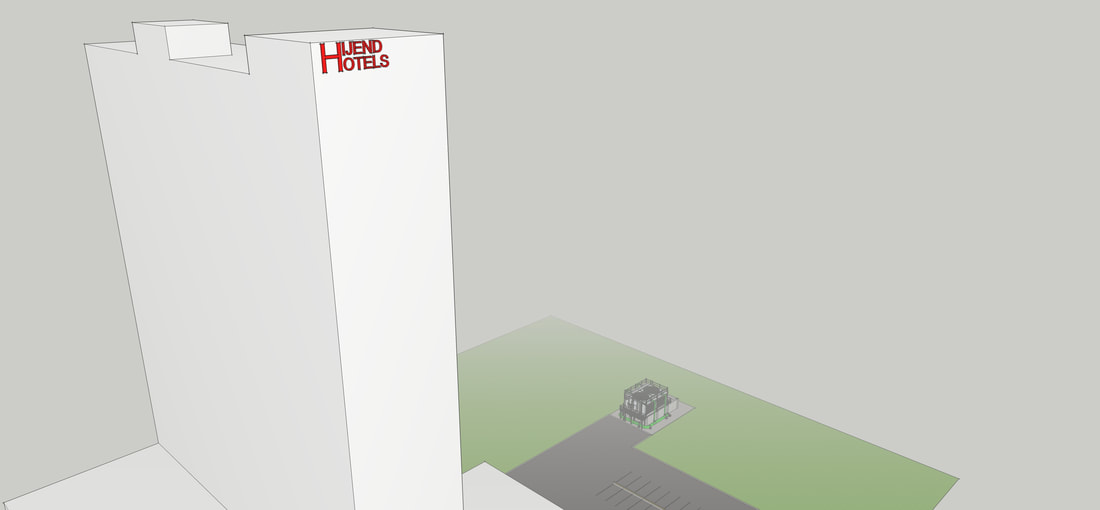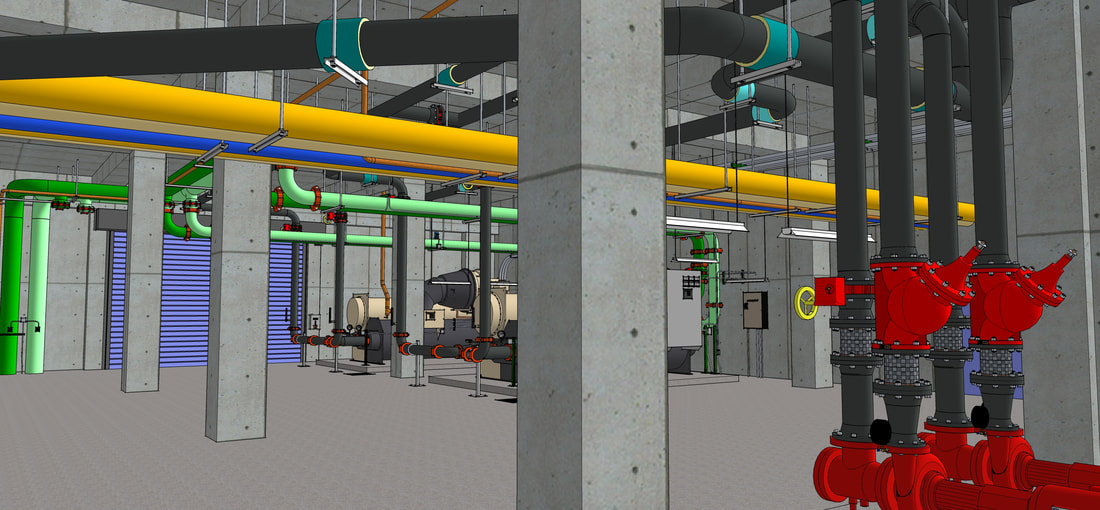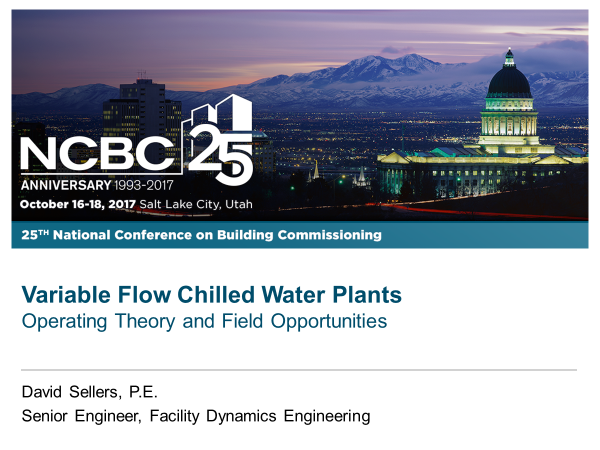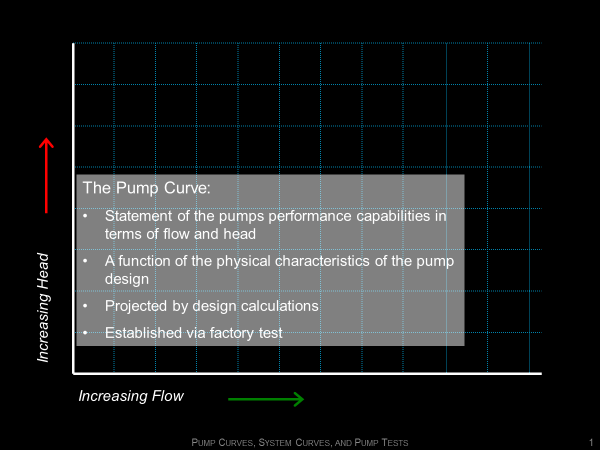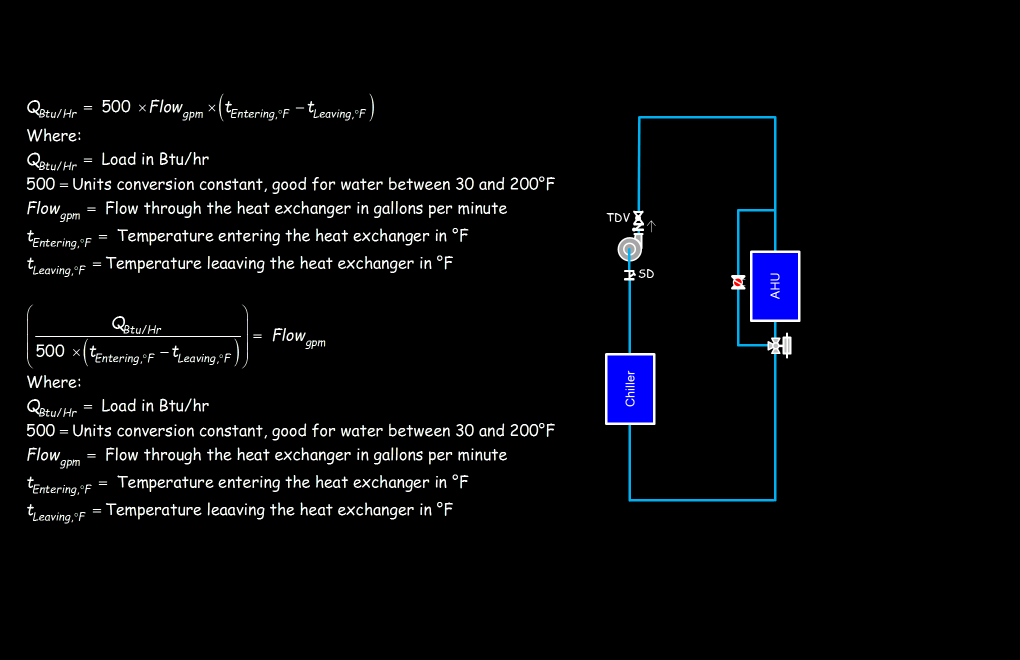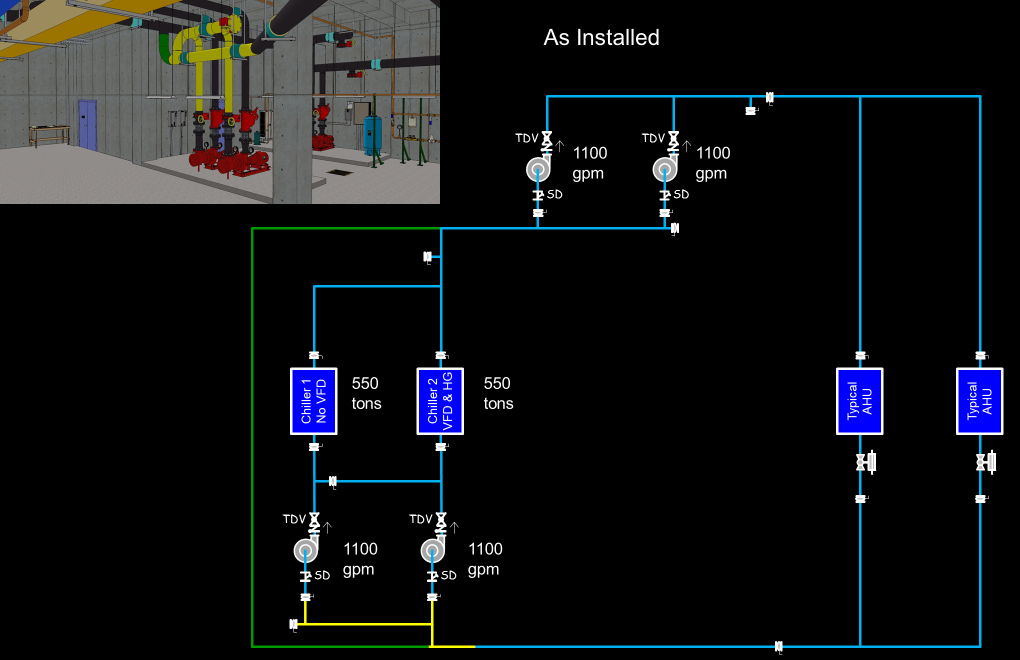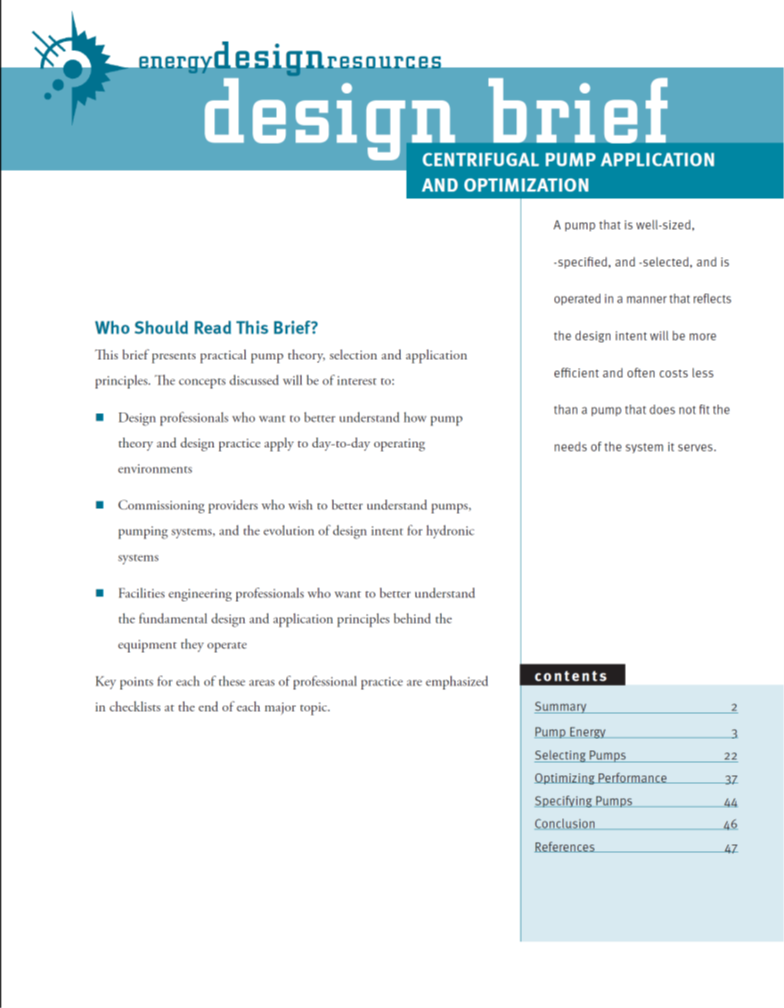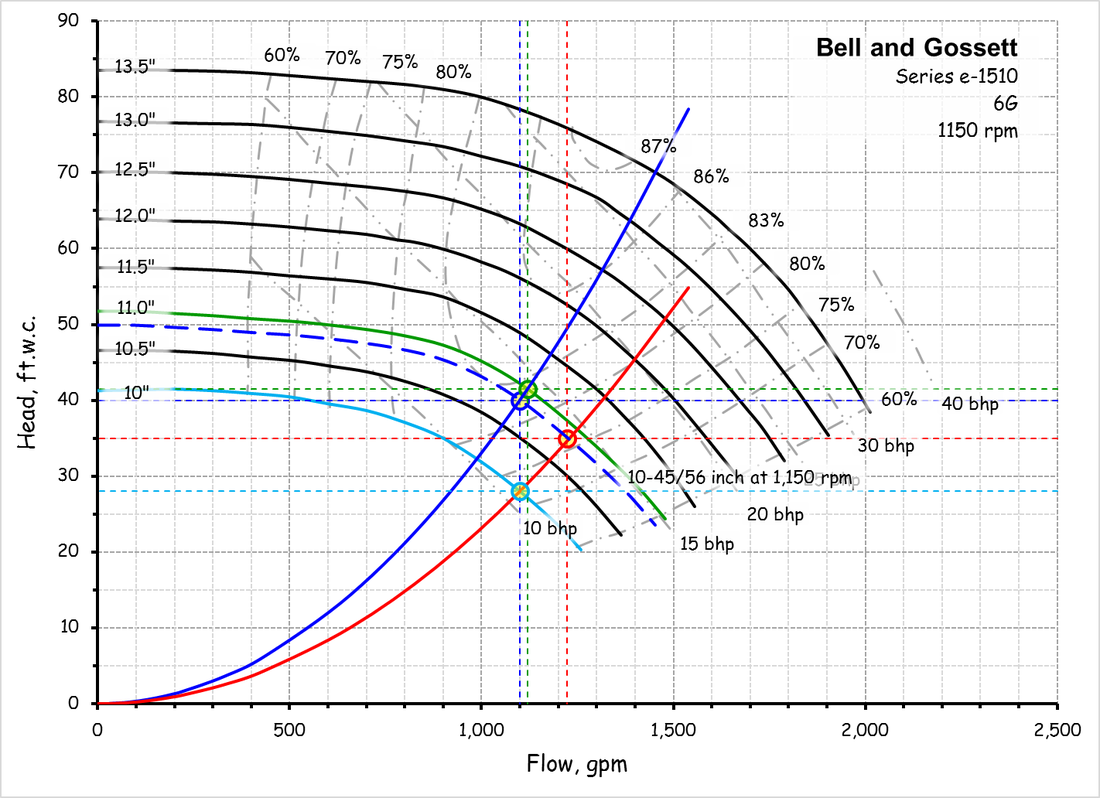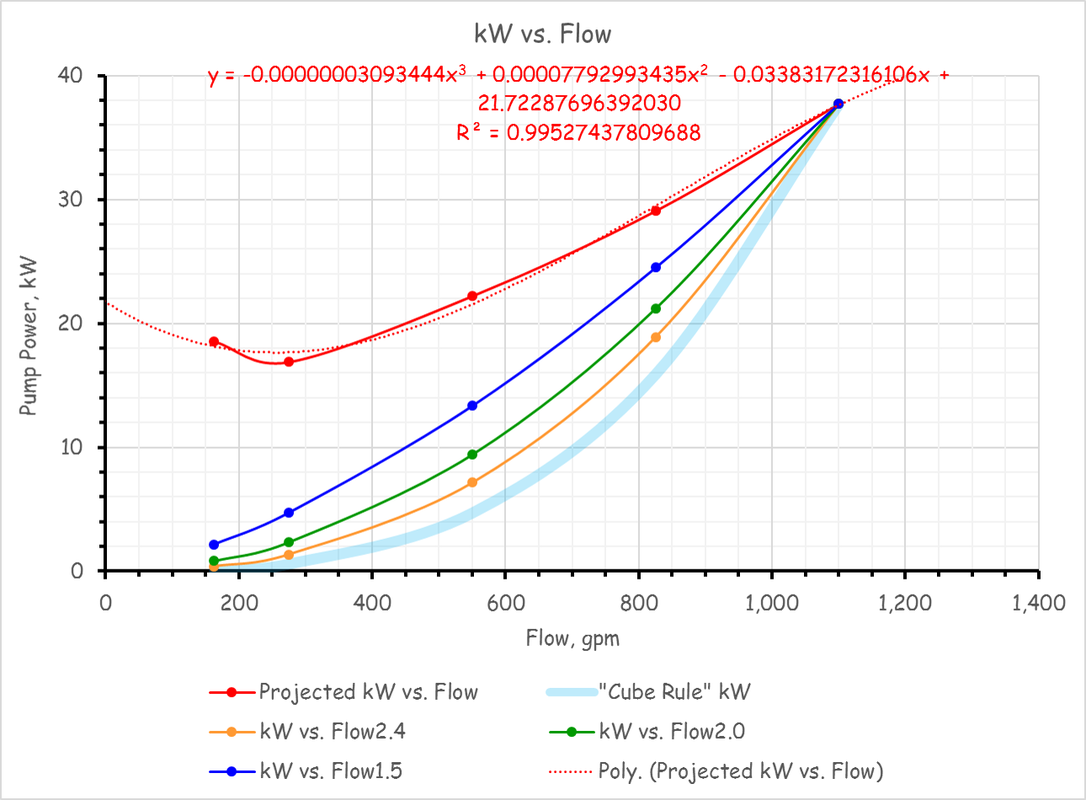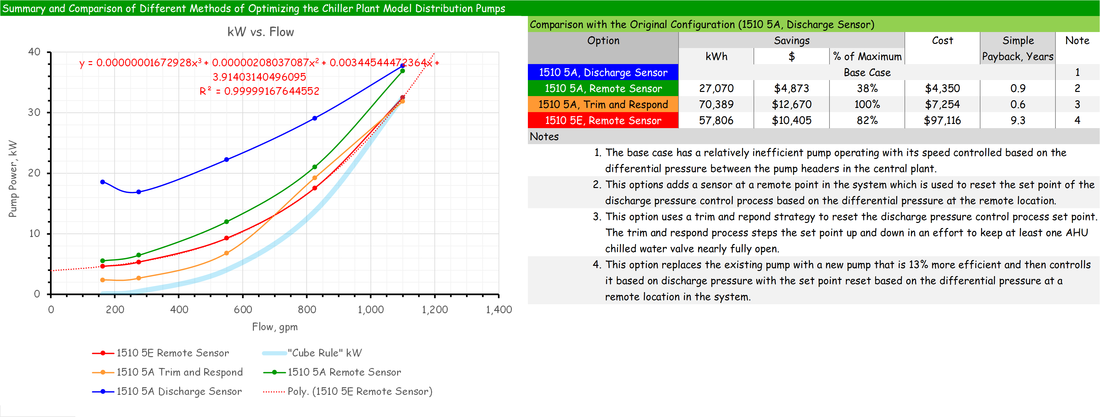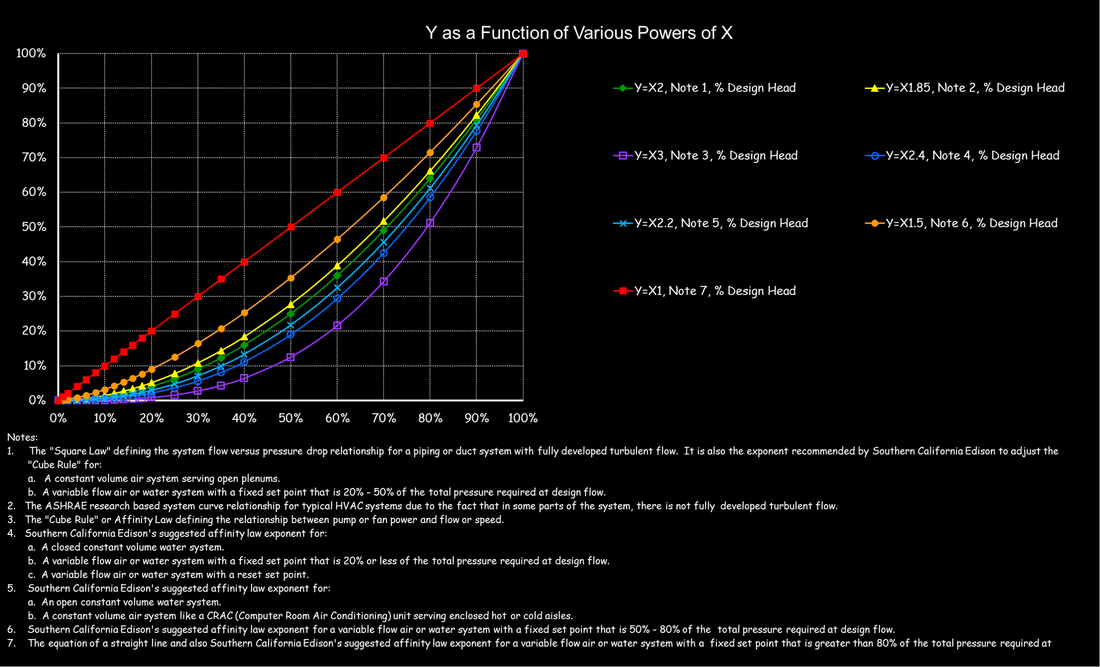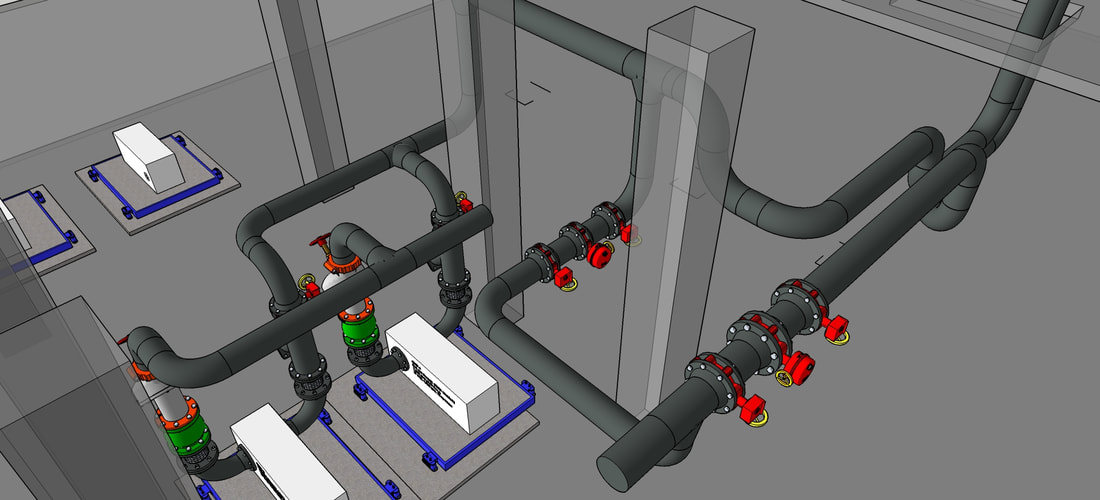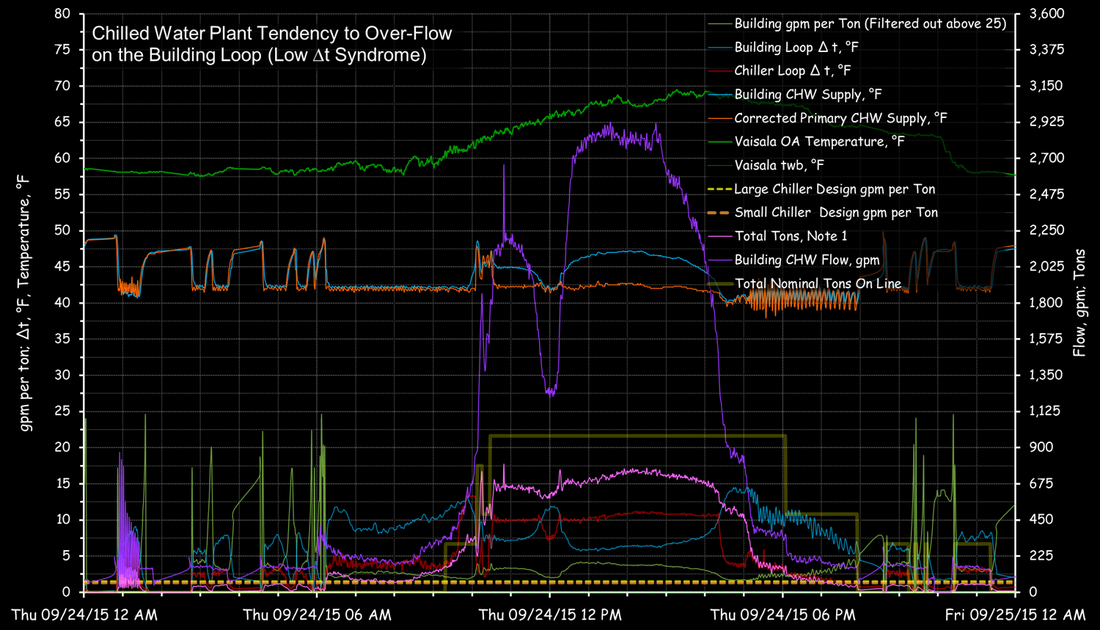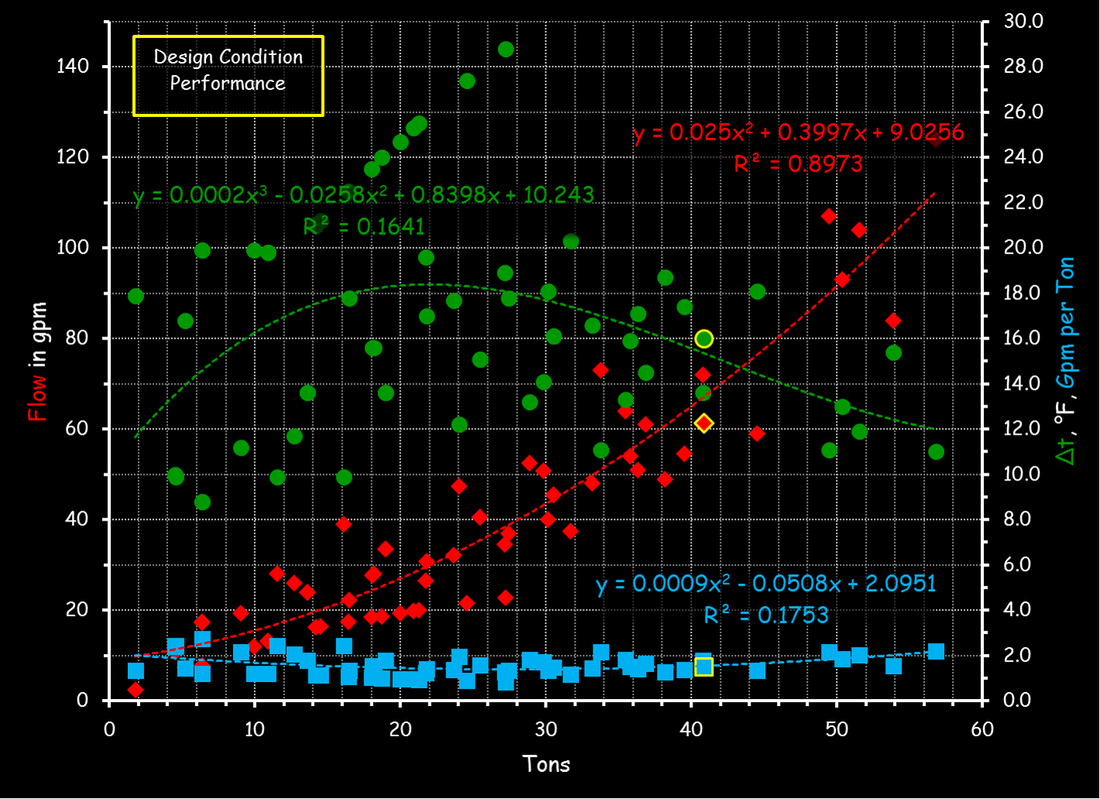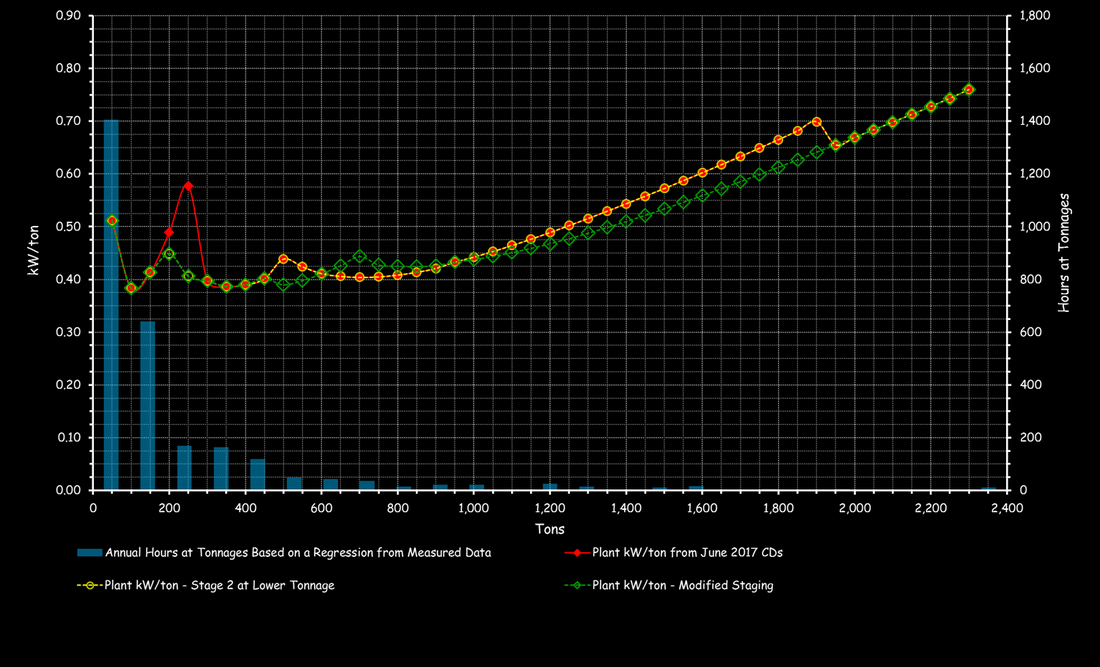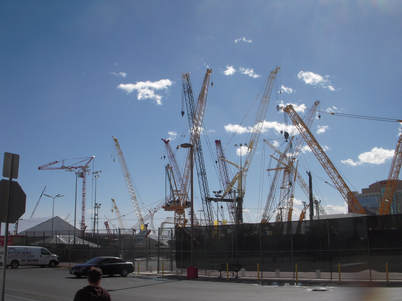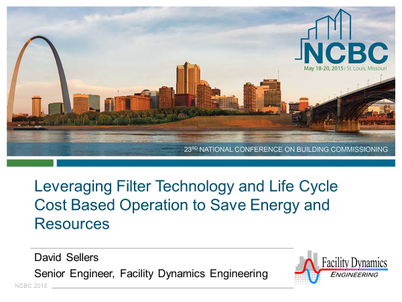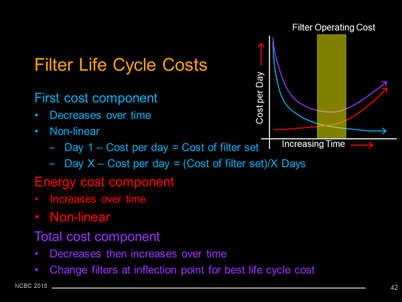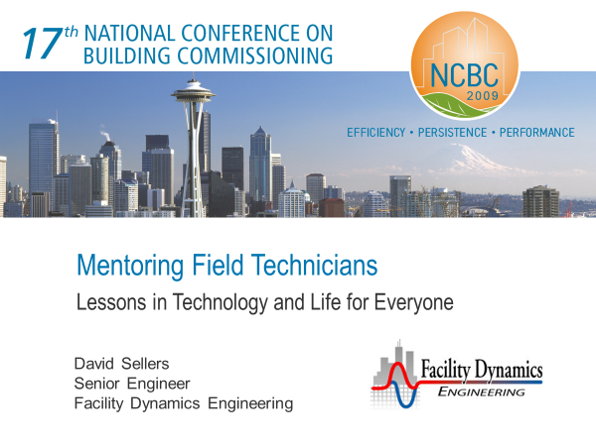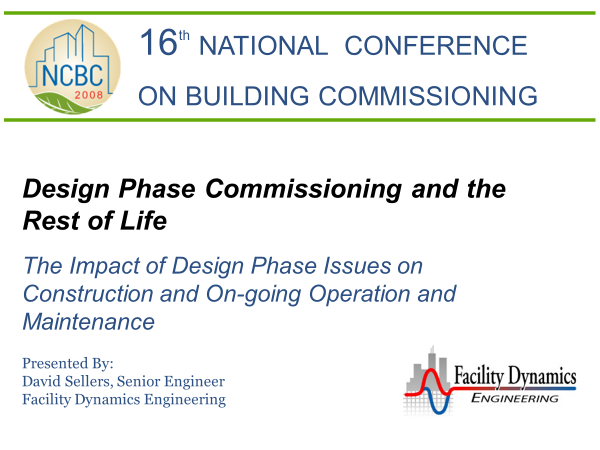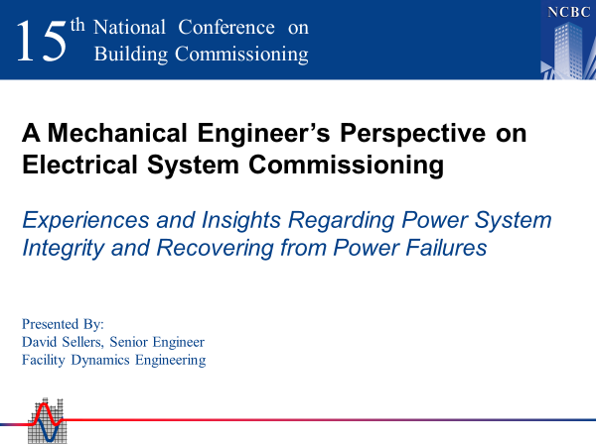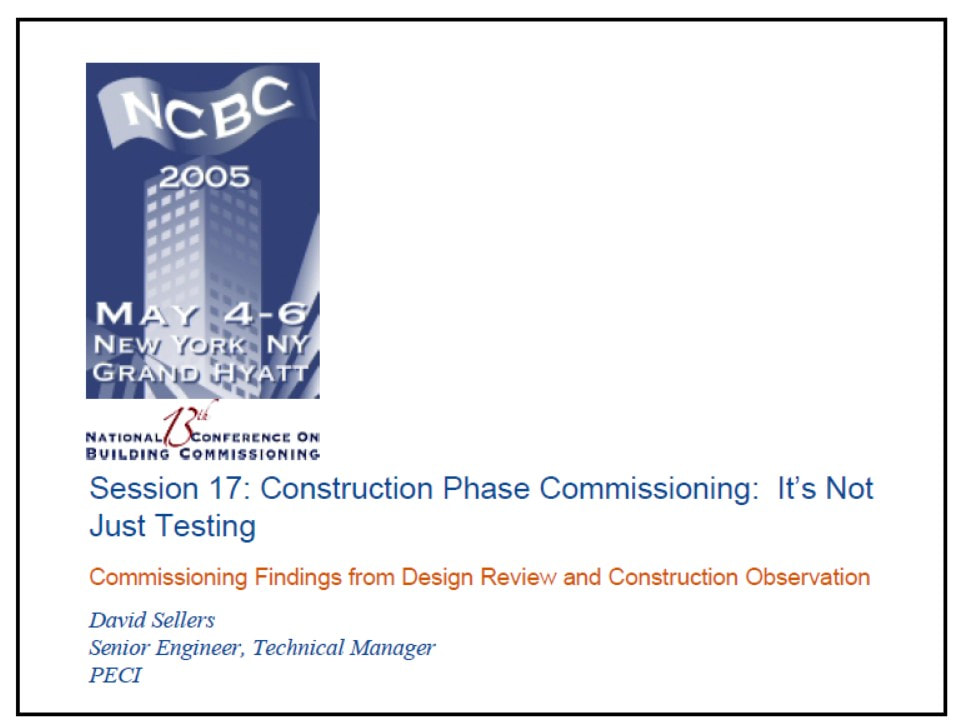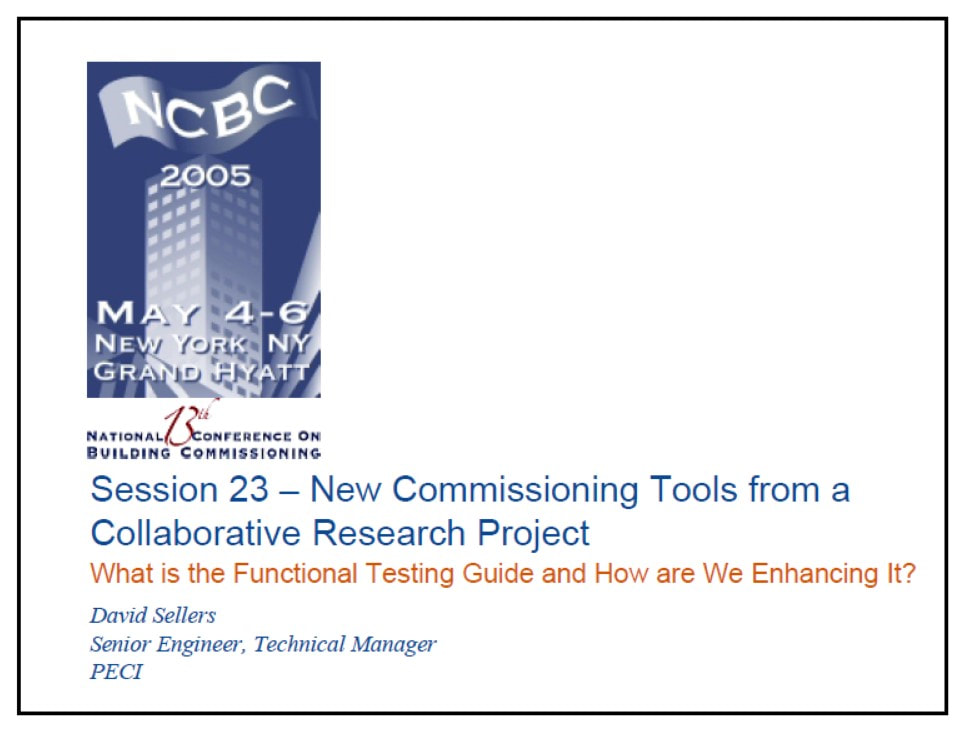Building Commissioning Association and National Conference on Building Commissioning
The Building Commissioning Association Conference (BCxA) conference had its origins in the National Conference on Building Commissioning (NCBC). Thus, us older folk still seem to call it NCBC and even use that acronym for pages on websites, leading to confusion for younger folks. I here-by apologize for that and have made appropriate changes. I am still figuring out when that transition officially occurred so the buttons below are probably mislabeled to some extent, but I will get that fixed too eventually.
The following links will let you download files from/for various NCBC/BCxA conferences that I have presented at in one form or another. Note that there are some conferences where I presented but have yet to upload materials. All I can say is these thigns take time.
The following links will let you download files from/for various NCBC/BCxA conferences that I have presented at in one form or another. Note that there are some conferences where I presented but have yet to upload materials. All I can say is these thigns take time.

